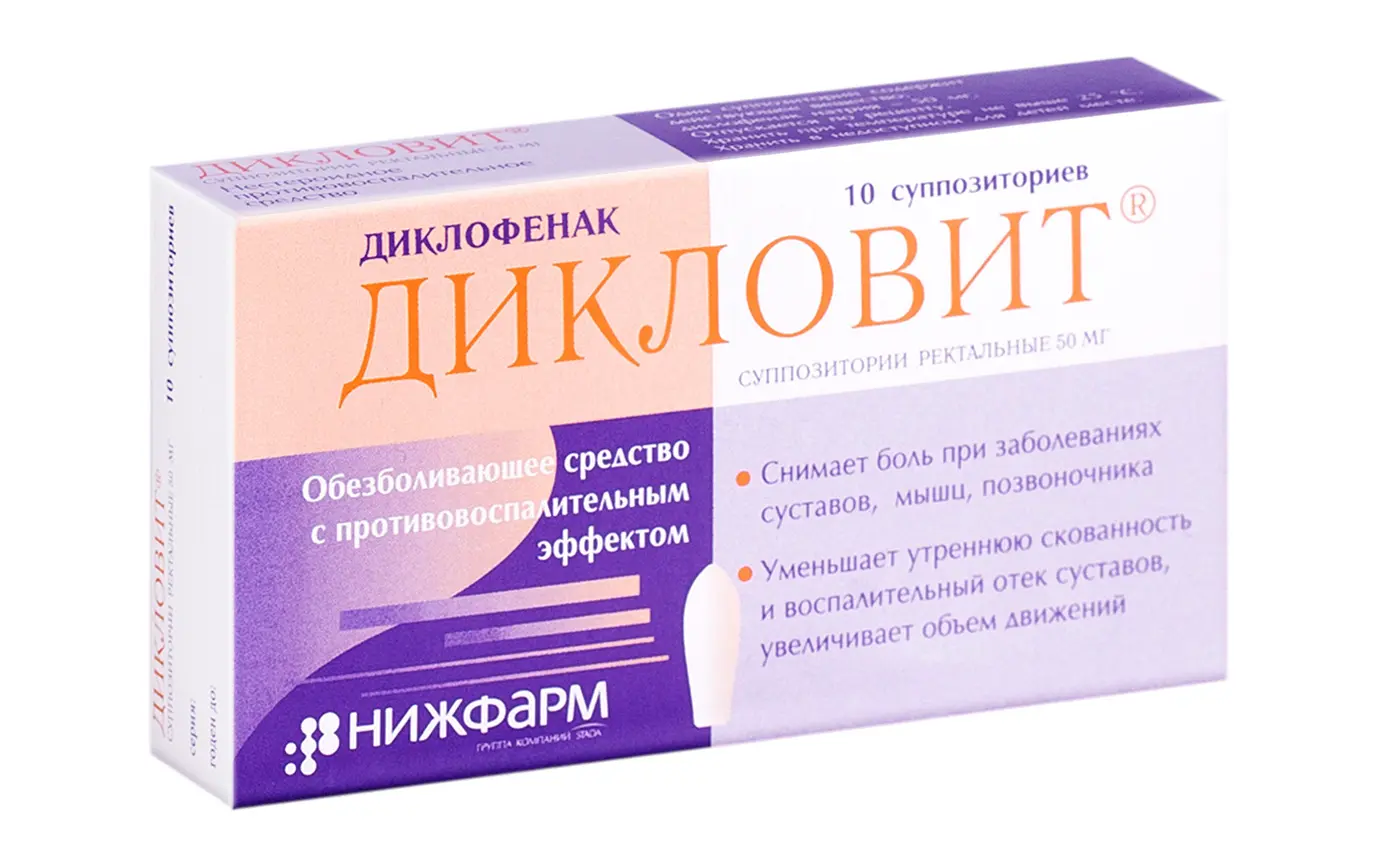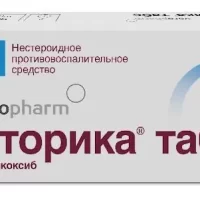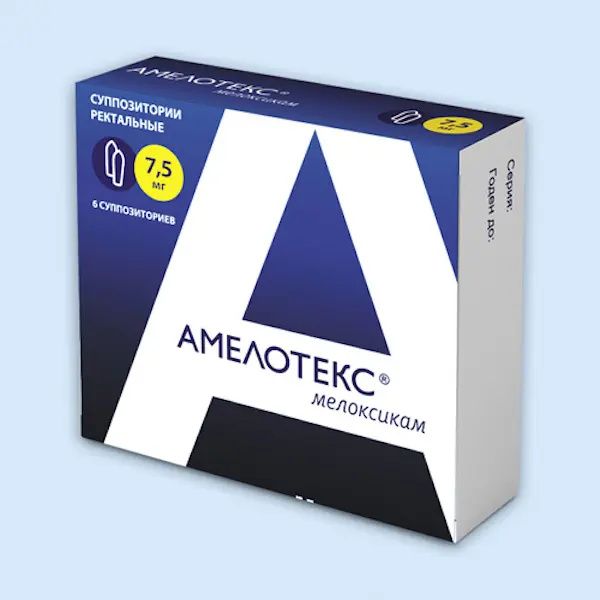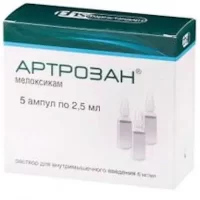Description
Diclovit Pharmacodynamics
Diclofenac has anti-inflammatory, analgesic and antipyretic effects. Indiscriminately inhibiting cyclooxygenase 1 and 2, disrupts the metabolism of arachidonic acid, reduces the number of prostaglandins in the focus of inflammation. In rheumatic diseases anti-inflammatory and analgesic effect of diclofenac contributes to a significant reduction in the severity of pain, morning stiffness, joint swelling that improves the functional state of the joint. In trauma, in the postoperative period diclofenac reduces pain and inflammatory swelling. In primary algodysmenorrhea it relieves pain and bleeding.
Indications
– Inflammatory and degenerative diseases of the musculoskeletal system, including:
rheumatoid, juvenile chronic arthritis;
Ankylosing spondylitis and other spondyloarthropathies;
osteoarthritis;
gouty arthritis;
bursitis, tendovaginitis.
– Pain syndromes from the spine (lumbago, sciatica, ossalgia, neuralgia, myalgia, arthralgia, radiculitis).
– Post-traumatic and post-operative pain syndrome accompanied by inflammation, for example, in dentistry and orthopedics.
– Algodysmenorrhea; pelvic inflammatory processes, including adnexitis.
– Migraine attacks.
Isolated fever is not an indication for using the drug.
The drug is intended for symptomatic therapy, to reduce pain and inflammation at the time of use, it has no effect on the progression of the disease.
Contraindications
Hypersensitivity to diclofenac, other NSAIDs, any of the auxiliary components.
Ulcerative lesions of the gastrointestinal tract (in the acute phase).
Bleeding from the gastrointestinal tract.
Complete or incomplete combination of bronchial asthma, recurrent polyposis of the nose and sinuses and intolerance to acetylsalicylic acid or other NSAIDs (including history).
Inflammatory bowel disease (ulcerative colitis, Crohn’s disease) in the acute phase.
Confirmed chronic heart failure (II-IV functional class according to NYHA classification).
Coronary heart disease.
Peripheral artery damage or cerebrovascular disorders.
Uncontrolled arterial hypertension.
Period after aortocoronary bypass surgery.
Severe hepatic impairment (Child-Pugh class C) or active liver disease.
Severe renal insufficiency (creatinine clearance less than 30 ml/min); advanced renal disease.
Blood disorders, hemostasis disorders (including hemophilia).
Confirmed hyperkalemia.
Pregnancy over 20 weeks, breast-feeding.
Childhood under 15 years of age.
Rectal bleeding, hemorrhoids, trauma or inflammation of the rectum.
- In order to reduce the risk of side effects, the drug should be used in the lowest effective dose for the shortest period necessary to relieve symptoms.
- Rectally. The suppository is inserted into the rectum, preferably after spontaneous bowel emptying or a purging enema. After insertion of the suppository it is recommended to stay in bed for 20-30 minutes.
- Adults and juveniles from 15 years: 1 suppository 2-3 times a day.
- Simultaneous use of Diclovit® with oral forms of diclofenac is possible. In this case the total daily dose of diclofenac should not exceed 150 mg.
- In algodysmenorrhea (at the appearance of the first symptoms) the initial dose of 50-100 mg / day (1 suppository 1-2 times a day), if necessary, the dose is increased for several menstrual cycles to 150 mg (1 suppository 3 times a day).
- Migraine attacks – 100 mg (2 suppositories) at the first signs of an attack. If necessary, repeat 100 mg (2 suppositories). If it is necessary to continue the treatment in subsequent days, the daily dose should not exceed 150 mg (3 suppositories) a day.
- The duration of treatment shall be determined by the physician depending on the severity of the disease.





